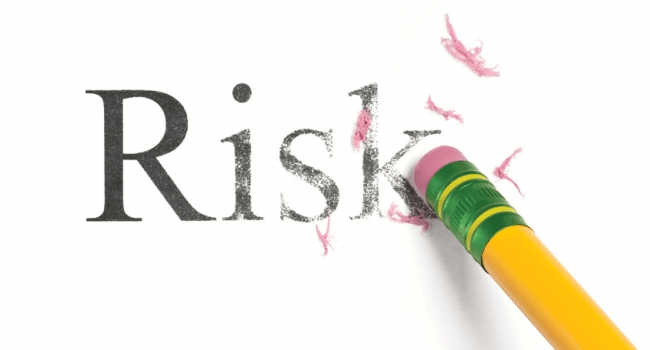The Essential Guide to Effective Risk Management in Scrum

Like every other method of software development, Scrum has its risks. Sometimes they are similar to the risks of other methodologies. In other cases, these are special risks typical only for Agile methods. In any case, the best thing to do about risks is to avoid them. If the risk has already occurred, its influence on the process of product development must be minimized.
Scrum and risk management
The main task of risk management is to avoid all the Scrum methodology risks or make their impact on the workflow as small as possible. Hence, the risk management has two main directions: prevention of risks and minimization of their impact on your project.
4 main stages of risk management in Scrum and other Agile projects
The first stage is the stage of risk identification. Scrum projects have lots of mechanisms to identify the risks. The project manager can identify them at the stage of the product’s backlog formulation. After that, the risks can be identified during the sprint planning meeting. All the further meetings of the team, including daily Scrums, can be used for identification of risks. Even the sprint retrospectives are suitable for risk identification. Of course, it will be a belated reaction, but it is better to find the risks later than not to find them at all.
The second stage is the stage of risk assessment. There are two main criteria of it in Scrum. First of all, we should define the probability of the risk’s realization. After that, we should figure out its impact on our project in case of its realization. These two criteria will help us estimate the risk and manage it successfully.
The third stage is a response to the risk. Depending on the certain risk we can respond to it in four different ways by containing, evading, avoiding, or mitigating it. The type of response depends on the stage when the risk was identified. If we are unable to avoid it, we should try to minimize its impact on the project.
The fourth stage is a risk review. At this stage, we should review the risk and our response to make sure that it was right. During this stage, we should also analyze the neutralized risk to avoid it in the future.
At the end of the risk management cycle, the data may be placed in a special risk calendar. It is designed to make the risk management simpler and to follow the progress of risk identifying, avoiding, and neutralizing.
Scrum risk categories
Generally, all the risks in Scrum may be subdivided into three main categories: risks that were identified and neutralized, risks that were identified but were not neutralized, and risks that were not identified.
The first category includes the successful solutions for risk issues. The team may use them in future in cases when similar risks occur.
The second category includes the worst practices of the team’s work. It is the best illustration of how a Scrum team should not act. If the risk was identified but was not neutralized, it may indicate the negligence of the team members.
The third category includes only risks that were identified after the sprint (or other stages of work) was already finished. It is necessary to write them down so that the team could not repeat this negative experience.
As you can see, the Scrum risk analysis is based on the simple principles of identifying the risks, neutralizing them, and avoiding them in the future.
It is also necessary to mention the highest risk of all Scrum projects. It is the situation when the customer disappears when the project is running and does not want to participate in its performance. This risk ruins the basic principle of all Scrum projects – communication between the team and the customer.



